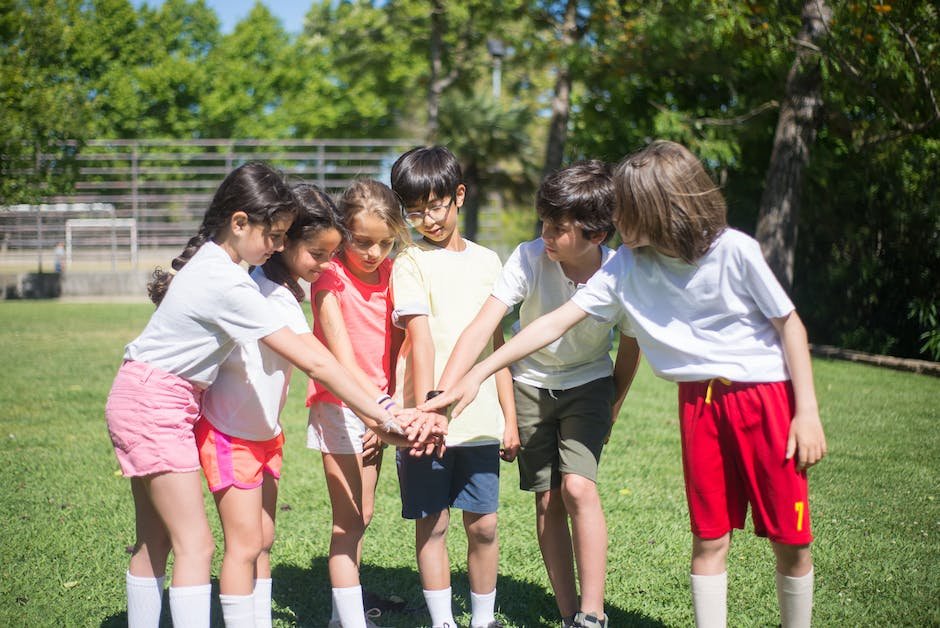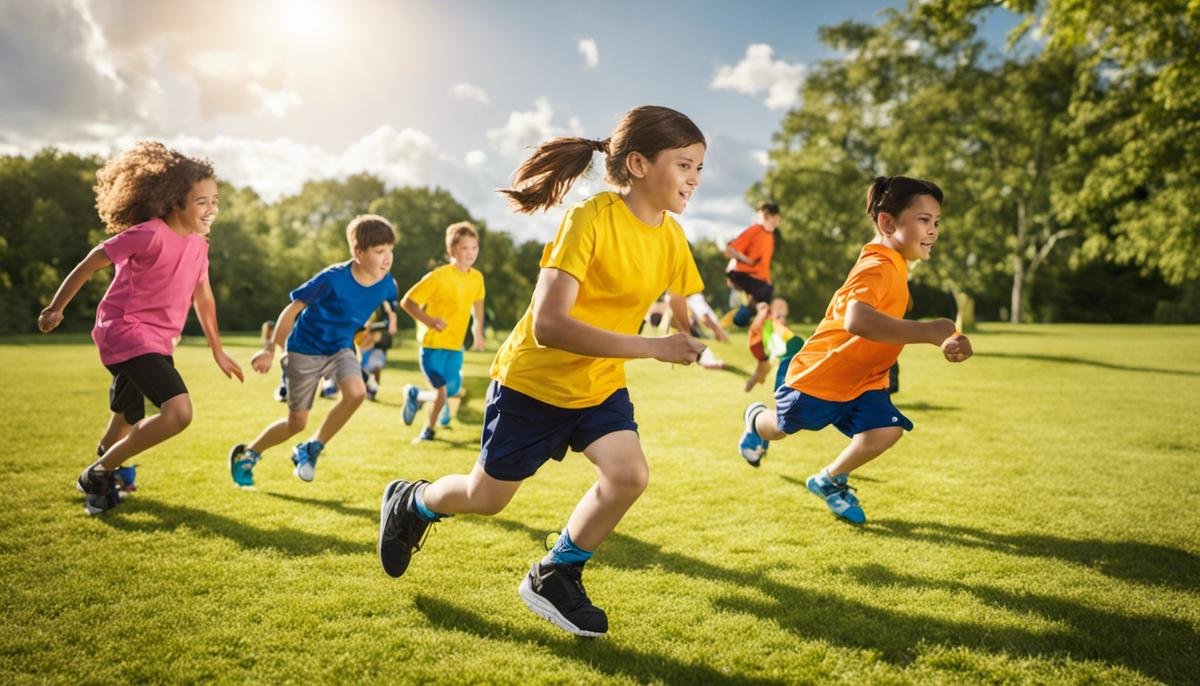
Autism, a neurological diversity often coupled with high energy, can significantly impact the behavior and learning abilities of children diagnosed with it. Understanding how this intense energy manifests in their behavior, and how it influences their learning ability is crucial in fostering their development effectively. This discourse aims to delve into the reasons that may trigger high energy levels in autistic children, its implications on their behavior, and learning processes. Beyond merely understanding, we will also explore the myriad strategies that can be implemented to channelize this energy efficaciously. These strategies span across physical activities that encourage energy management, to established behavioral techniques and therapies that promote structured, and calmer routines.
Understanding High Energy Levels in Autistic Children
Unraveling the Energy Dynamic: Autism and Child Behavior
In the diverse world of parenting, parents with children on the autism spectrum often find themselves noticing an intriguing energy variable. When these children exhibit heightened energy levels, parents may wonder what causes it and how it influences their little ones’ behavior and learning abilities.
A crucial point to understand is that no two autistic children experience the same symptoms and behaviors. This diverse spectrum means that an increased energy level in one child might not be evident in another. However, some insights delve into what might trigger these robust energy bursts and how they manifest in behavior and learning situations.
A prevailing theory proposes overstimulation as a common causative factor for heightened energy levels in autistic children. Overstimulation can stem from various sources like numerous sensory inputs, emotional overload, or difficulties with transitions and changes. Quite like turning on too many appliances at once, the overload compels the child to express their excess energy physically.
In some instances, heightened energy levels could stem from dietary factors. Certain foods – particularly those high in sugar, gluten, or casein – can trigger hyperactivity or increased agitation. Additionally, a lack of adequate rest or sleep irregularities, common in children on the autism spectrum, might further contribute to high-energy expressions.
These elevated energy levels often manifest as repetitive behaviors, such as pacing, hand-flapping, or spinning. Affectionately referred to as ‘stimming,’ these behaviors serve as a coping mechanism, a way of channeling excessive energy and managing sensory overload.
Considering the implications on an autistic child’s learning capabilities, there’s significant variability. While heightened energy can sometimes detract from focus and attention, redirecting this energy appropriately can boost learning initiatives. For example, integrating physical activities into learning sessions or using interactive tools might channel high energy towards productive learning.
It’s also crucial to remember that heightened energy isn’t inherently a negative characteristic. For some children, this might mean an abundance of creative potential or enhanced problem-solving skills. By acknowledging and understanding how their child’s energy fluctuates, parents can reframe these instances as opportunities rather than challenges.
Responding effectively to heightened energy in children with autism involves patience, understanding, and a commitment to supporting their unique needs. Parents should seek professional advice when necessary, implement recommended interventions, and provide a consistent, loving home environment.
In time, embracing this energy dynamic becomes a journey of discovery, marking another frontier in the intricate landscapes of parenting an autistic child. It’s a journey filled with learning, growth, and countless moments of joy – further affirming that diversity is, indeed, a true resonance of life.

Implementing Physical Activities for Energy Channelization
Harnessing Positive Energy: Physical Activities for Children with Autism
Autism is a river with many currents, some smooth and predictable while others strong and turbulent. Channeling these varying energy levels can be a challenging task, yet it fosters an incredible opportunity. It opens doors to creative possibilities in parenting. Today, let’s explore the realm of physical activities that can be effectively used to direct this high energy in autistic children towards their holistic development.
First in line is Sensory Integration Therapy. It’s an approach primarily enlightened by the idea that engaging children in physical exercises can help in organizing their sensory systems. Various fun tools like swings, trampolines, and ball pits can be employed to create a structured play environment. These stimulate the proprioceptive and vestibular senses, improving body awareness, balance, and coordination.
A close cousin of Sensory Integration Therapy is the DIRFloortime approach. It involves using physical activities that the child enjoys to develop emotional and relational skills. For instance, if the child relishes the idea of playing with cars, instead of merely allowing self-driven play, make it interactive. This approach promotes the concept that enjoyable physical activities, when paired with emotional and relational involvement, leads to fruitful engagement.
Equine therapy, involving horses, is another option. It might sound unusual, but the movement of a horse can provide rhythmic and measured sensory input to the child. This can effectively channelize a child’s high energy while stimulating a positive response. They’ll unconsciously work on their balance and coordination skills while mounting and riding the horse.
On the other hand, if your child finds calm in water, swimming can be a great choice. This activity not only burns energy but also provides proprioceptive and tactile feedback. Moreover, mastering swimming skills can significantly boost a child’s confidence.
Physical activities related to music and dance can also be wonderful resources. Music inherently has a stimulating effect on the brain, while dance provides an avenue for creative expression. From simply swaying to the beats to learning intricate dance forms – the possibilities are endless. This can go a long way in easing out the energy spikes while making the experience enjoyable.
Physical activities like yoga and tai chi, which involve controlled movements and deep breathing, can also help manage energy levels. These can promote a sense of calm and help in improving concentration skills. They can also serve as tools to teach children about self-soothing mechanisms during overstimulation.
Finally, team sports like soccer or basketball could also be considered, depending on your child’s interests and social comfort levels. Participating in team activities offers a natural setup for improving social interactions while channelizing energy positively.
Remember, every child with autism is unique and therefore, it’s crucial to assess their comfort and interest while selecting activities. Some might require more solitude and calm, while others may thrive in a more dynamic environment. It’s not about constraining the energy but about harnessing it as a constructive force. Our role as parents and caregivers is to provide our children with an array of opportunities, helping them find their own rhythm, their own harmony in the energetic symphony of autism.

Behavioral Techniques and Therapies for Energy Management
Heading Into the Heart of Therapies
When it comes to managing heightened energy levels in children with autism, there are a multitude of behavioral techniques and therapies available. These approaches can be advantageous in channeling the excess energy of your child into productive activities and help them effectively manage their behavioral patterns.
Sensory Integration Therapy is among the most recommended therapies by healthcare practitioners for children with autism. This therapy plays a crucial role in helping your child learn to respond in an appropriate manner to sensory input, consequently calming their heightened energy. Activities such as playing with Play-Doh, blowing bubbles, or listening to soothing music can be incorporated into this therapy.
Another highly effective method is the DIRFloortime approach. Standing for Developmental, Individual-differences, Relationship-based, this technique works by encouraging the child’s engagement in play activities that interests them. This engagement helps them to extend their attention span, express feelings and form stronger bonds with others. Tailoring activities according to your child’s interests can lead to amazing improvements not only in managing high energy levels but also in overall communication and social skills.
Equine Therapy, more commonly known as horseback riding, could be a game-changer too. This therapeutic technique promotes strength, coordination, flexibility, and balance. Equine therapy can boost the child’s confidence and provide an enjoyable way to expel high energy levels.
Similarly, Swimming can offer a peaceful environment for autistic children to channel their energy. The weightless sensation and rhythmic pattern of swimming strokes can be soothing. Plus, the exercise in itself can help tire out a high-energy child providing them with a better chance at a good night’s sleep.
Unleashing the power of Music and Dance can also be immensely beneficial in managing high energy levels. It can serve as a constructive outlet for your child’s energy, feelings, and thoughts. This form of expressive therapy also improves coordination, body awareness, and concentration.
Practices like Yoga and Tai Chi that focus on breathing patterns and body movements can also be useful. These techniques often have a calming effect and are known to improve focus and reduce anxiety. Guided meditation, mindfulness, and slow stretch exercises can help channel your child’s energy and enhance calmness.
Last but not least, Team Sports can offer a fun, interactive way to channel high energy. Sports like soccer, basketball, or even relay races can help improve social skills and promote cooperation while also providing a great physical workout.
At the end of the day, every child is unique and what works best might vary. Therefore, it’s important to explore various methods, therapies, and techniques. Remember, patience and persistence, blended with loads of love and understanding, are the essential ingredients in this complex parenting recipe. With the right approach, untamed energy can be turned into a powerful tool for learning and development, leading to countless happy moments on this incredible journey of parenting a child with autism.

The journey of raising an autistic child can be both challenging and rewarding. As we navigate this path, the essence lies in recognizing that high energy levels, though potentially overwhelming, can be channelized intelligently into productive paths. The utilization of physical activities, ranging from sports to simple at-home exercises, has proven to be a successful tool in managing these energy levels. Coupled with cognitive and behavioral therapies, these strategies provide a structured framework to direct this energy positively. When put into action, these techniques not only succeed in promoting a healthier routine but also foster the holistic development of the child.




